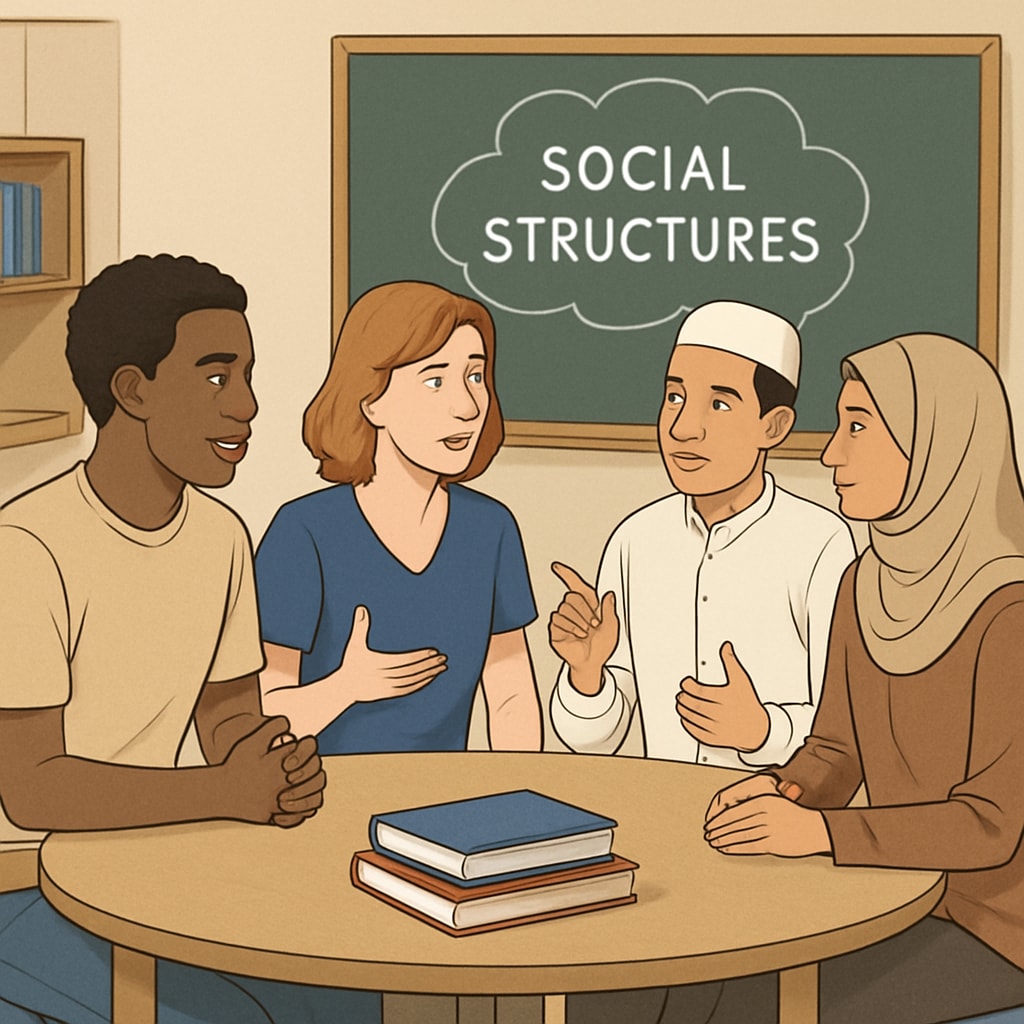In a sixth-grade social studies textbook, a controversial description about the rigidity of class systems has sparked debates among educators and parents. The portrayal suggests that upward social mobility is nearly impossible, painting a bleak picture of societal dynamics. This raises concerns about the impact such narratives can have on students’ developing worldview, particularly when school education is expected to inspire hope and ambition. Education content plays a significant role in shaping perceptions, and it is essential for parents and educators to critically examine the messages conveyed through textbooks.
How Classroom Narratives Shape Social Perspectives
Classroom content often serves as the foundation of students’ understanding of the world. Textbooks, particularly in subjects like social studies, introduce concepts such as class systems (hierarchies within a society) and societal structures. When a textbook emphasizes the immovability of class systems, it can inadvertently discourage students from believing in their ability to overcome societal barriers. Instead of fostering critical thinking about social issues, it risks reinforcing stereotypes and limiting aspirations.
For example, a textbook statement that suggests “most people remain in the social class they are born into” may lead students to internalize the idea that efforts to improve their circumstances are futile. While it is important to discuss the challenges of social mobility, such discussions should be balanced with examples of success stories and pathways to change.

The Role of Education in Promoting Balanced Social Narratives
Education should serve as a means to empower students, equipping them with the tools to analyze societal structures critically. It is not enough to simply present historical or sociological facts; the context and framing of these facts are equally important. Balanced narratives should acknowledge the existence of systemic barriers while also highlighting examples of individuals or movements that have successfully challenged these barriers.
For instance, discussing the civil rights movement or stories of entrepreneurs who have risen from poverty can inspire students and provide a more nuanced understanding of social mobility. According to Wikipedia’s definition of social mobility, it is a complex phenomenon influenced by various factors, including education, policy, and individual effort. By presenting these factors in an accessible and engaging manner, educators can empower students to think critically and optimistically about their own futures.

How Parents and Educators Can Advocate for Change
To address potentially harmful narratives, parents and educators must first be aware of the content their children are exposed to. This involves reviewing textbooks and discussing their themes with students. If problematic descriptions are identified, stakeholders can collaborate to request revisions from publishers or suggest supplemental materials that provide a broader perspective.
Additionally, educators can take proactive steps to enrich classroom discussions. For example:
- Introduce case studies of individuals who have achieved upward social mobility despite challenges.
- Facilitate debates or projects that allow students to explore factors influencing societal change.
- Encourage critical thinking by presenting multiple viewpoints on social issues.
Parents, too, can play a role by fostering open conversations at home about societal structures and encouraging children to view challenges as opportunities for growth. As a result, students are more likely to develop a balanced and hopeful outlook on their place in society.
Conclusion: Building a Future of Empowered Learners
While textbooks play an essential role in education, they are not infallible. The depiction of class systems as rigid and immovable may unintentionally limit students’ aspirations and sense of agency. By critically examining education content and advocating for balanced narratives, parents and educators can help students develop a more nuanced understanding of the world—one that acknowledges challenges but also celebrates possibilities. Social mobility is not an unattainable dream; rather, it is a complex yet achievable process that education has the power to illuminate.
As we strive toward a future of empowered learners, let us ensure that the narratives in our classrooms inspire hope, cultivate critical thought, and pave the way for a more equitable society.


